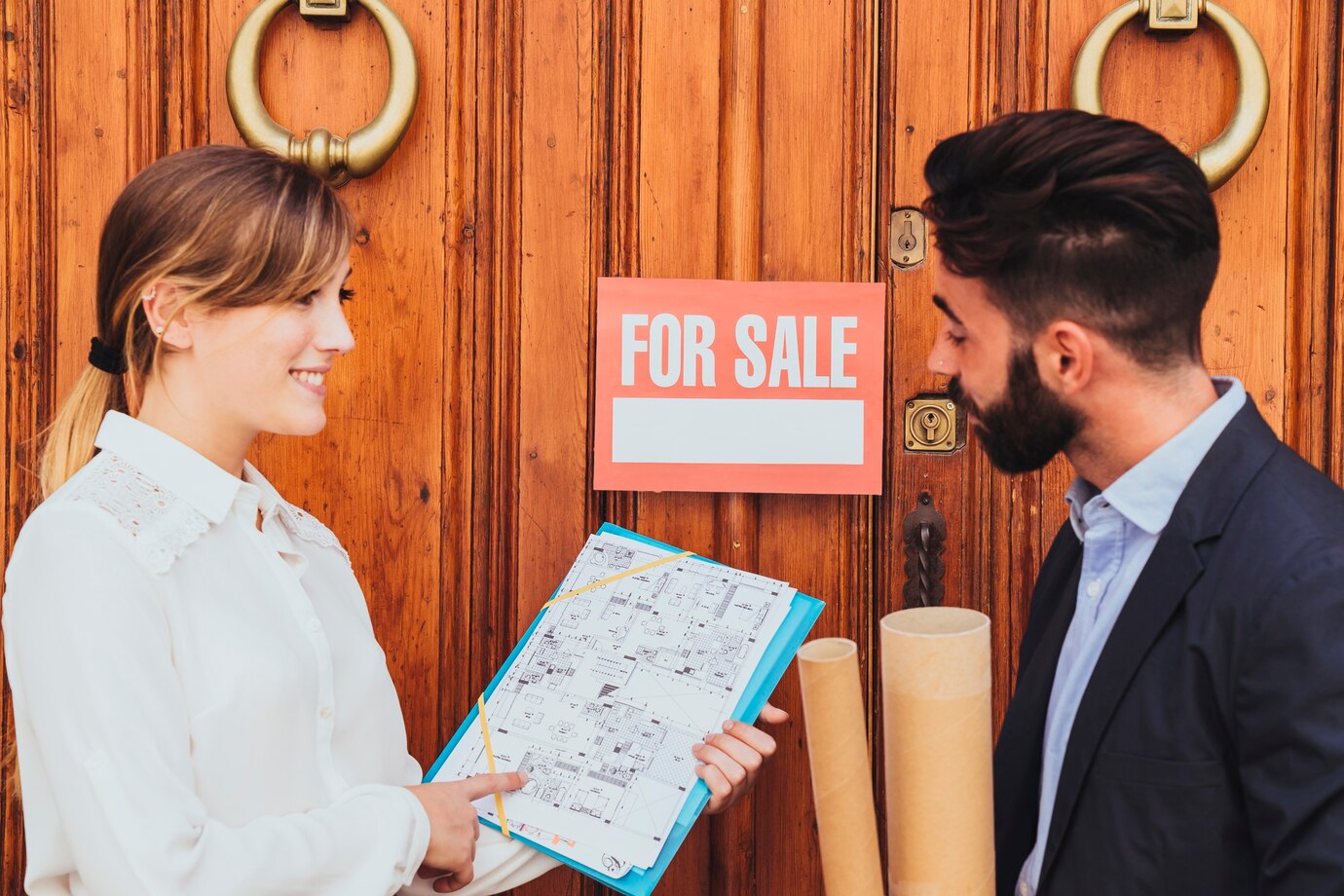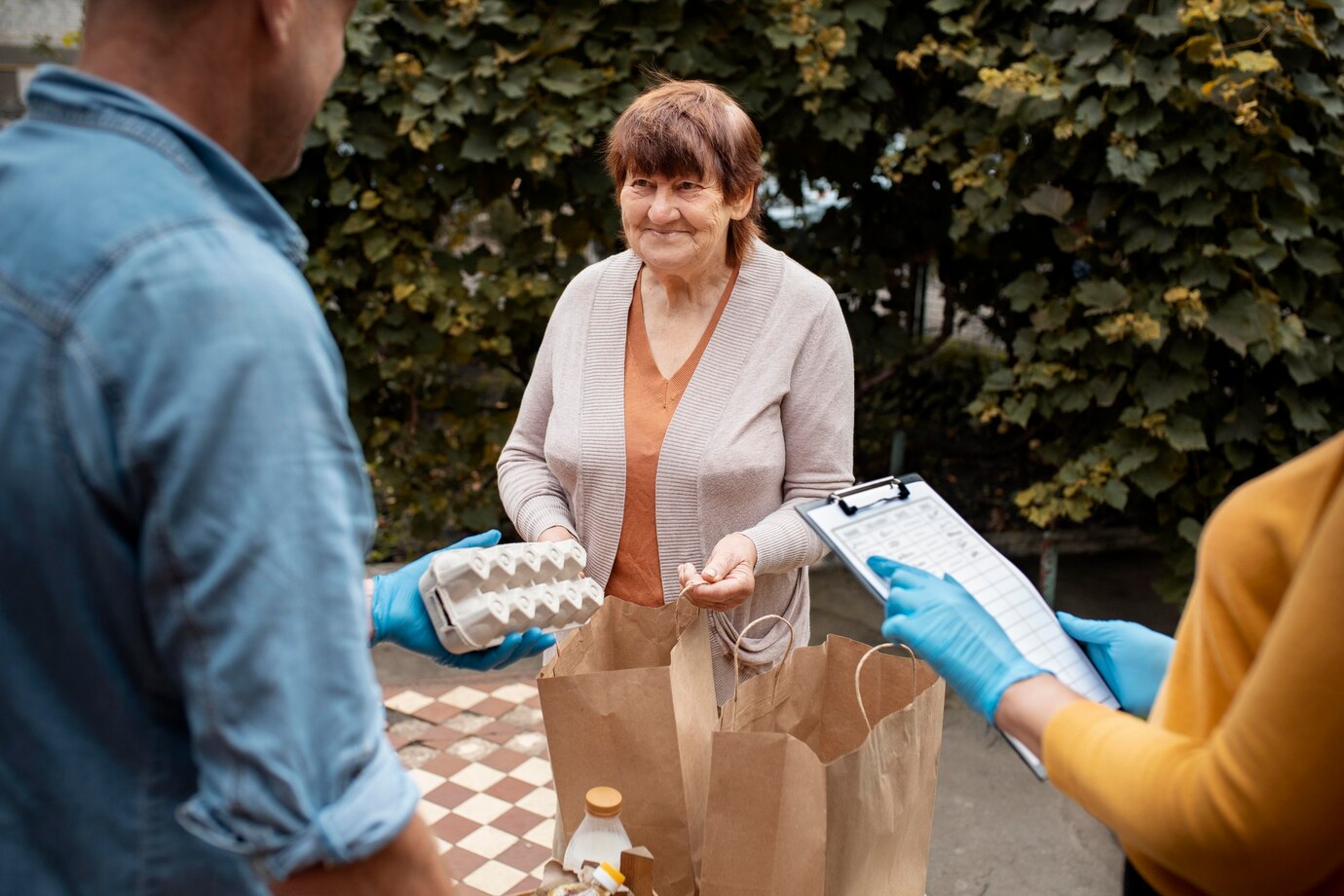If you are wondering if you really need fancy tech to run a successful silent auction, the good news is: you don’t. But can you run a silent auction without software?
Yes, you can run a silent auction without software. At Helping Hand Group, our Ballot Bidding® system allows guests to place bids on paper while still maximising fundraising results. This paper-based approach is a smart, streamlined alternative to mobile bidding platforms and ideal for school fundraisers, community events or corporate charity nights where keeping things simple is key.
In this guide, we’ll walk you through how Ballot Bidding® works, its key advantages and why it might be the perfect fit for your next fundraising event.
Quick Overview: Running a Silent Auction Without Software
Yes, it’s absolutely possible to run a silent auction without software. You can:
- Use paper bid forms instead of mobile bidding apps.
- Collect and tally bids manually.
- Maximise donations through Helping Hand Group’s Ballot Bidding® system.
- Create an engaging and effective fundraising experience without screens.
Let’s explore how Ballot Bidding® works and what makes it so effective.
What is Ballot Bidding®?
Ballot Bidding® is a streamlined, paper-based silent auction method offered exclusively by Helping Hand Group. Rather than using software or mobile devices, guests submit their best bid for an item on a ballot form.
Here’s how it works:
- Each guest receives a printed form listing all auction items.
- They write down their maximum bid next to each item they’re interested in.
- At the end of the auction, the highest bidder for each item wins.
Unlike traditional silent auctions where guests constantly monitor and update their bids, our Ballot Bidding® system invites guests to place their best offer upfront, which helps eliminate stress and boost donation amounts.
Benefits of Running a Silent Auction Without Software
Going paper-based might sound old-school, but it’s still a highly effective option, especially with Ballot Bidding®. Here are some benefits to consider:
Simpler Setup
You won’t need Internet, apps or digital screens. This makes planning and setup quicker, easier and more cost-effective.
Low-Tech Friendly
This system is perfect for events where guests may not be tech-savvy or where mobile reception is unreliable (e.g., remote locations or older venues).
Higher Bids, Less Stress
Ballot Bidding® encourages guests to place their highest bid right away. Since there’s no opportunity to keep checking who’s winning, people often bid more generously from the outset.
Less Equipment Required
You won’t need mobile devices, tablets or charging stations—just well-designed forms and a collection box or drop-off system.
More Personal Interaction
Without screens, guests spend more time engaging with each other and your cause, creating a warmer, more connected atmosphere.
Ballot Bidding® vs Traditional Silent Auctions
In a traditional silent auction, guests are required to monitor and update their bids throughout the event by writing on individual bid sheets. This can lead to bidding wars, which may drive up prices but also require constant attention from guests. The setup involves positioning bid sheets next to each auction item, and the tallying process at the end can be slow and manual.
In contrast, Helping Hand Group’s Ballot Bidding® system simplifies the process considerably. Guests are given a centralised printed form listing all available items and are asked to write their highest bid for each item they’re interested in. There’s no need to monitor bidding activity or make repeated trips to bid sheets.
This encourages guests to place their strongest offer upfront, often resulting in higher bids. It also streamlines administration, as all bids are collected centrally, making it faster and easier to determine winners. Overall, Ballot Bidding® removes the hassle for both organisers and guests while still maximising fundraising outcomes.
When Is a No-Software Auction the Right Choice?
Running a silent auction without software is ideal when:
- You’re hosting an event with limited internet access.
- Your guests prefer traditional or low-tech formats.
- You want to avoid the cost or logistics of digital platforms.
- You need a simple system that still drives strong results.
Ballot Bidding® works especially well at schools, community centres and gala events where the focus is on connection, ease and impact.
Tips for a Successful Paper-Based Auction
If you’re planning to run a silent auction without software, follow these tips to maximise your results:
Keep Item Descriptions Clear and Compelling
Ensure each item on the ballot form has a short, appealing description that highlights its value and appeal.
Group Similar Items Together
Organise your items by theme or value to make it easy for guests to browse and bid.
Have Staff Ready to Assist
Provide volunteers or staff to help answer questions about items and assist with filling out forms.
Promote Your Auction in Advance
Use email, social media and printed materials to highlight top items and encourage guests to come prepared to bid.
Collect and Announce Winners Efficiently
Set a clear auction end time and have a team ready to collect, sort and announce winners. Helping Hand Group can support you with staff, materials and tallying tools.
Helping Hand Group Makes It Easy
You don’t need complex software to run a successful silent auction. With Helping Hand Group’s Ballot Bidding® system, you can raise significant funds while keeping things simple, organised and enjoyable.
We provide:
- Custom-designed printed ballot forms
- A curated selection of consignment items at no upfront cost
- On-site staff to help manage the auction and collect bids
- Post-event reporting and winner management
We’ve supported thousands of paper-based auctions across Australia and New Zealand, and we’re ready to help make your event a success, too.
Final Thoughts: No Software, No Problem
So, can you run a silent auction without software? Absolutely. In fact, with Ballot Bidding®, you might even raise more while making your event more engaging and less complicated.
Whether you’re planning a large gala or a smaller community gathering, Helping Hand Group has the tools, experience and support to help you reach your fundraising goals—with or without software.
Ready to explore a simpler way to run your silent auction? Contact Helping Hand Group today on (+61) 2 8338 8755 or visit our Contact Us page to discover how our Ballot Bidding® solution can help you raise more funds with less fuss. Let’s make your next event one to remember.










